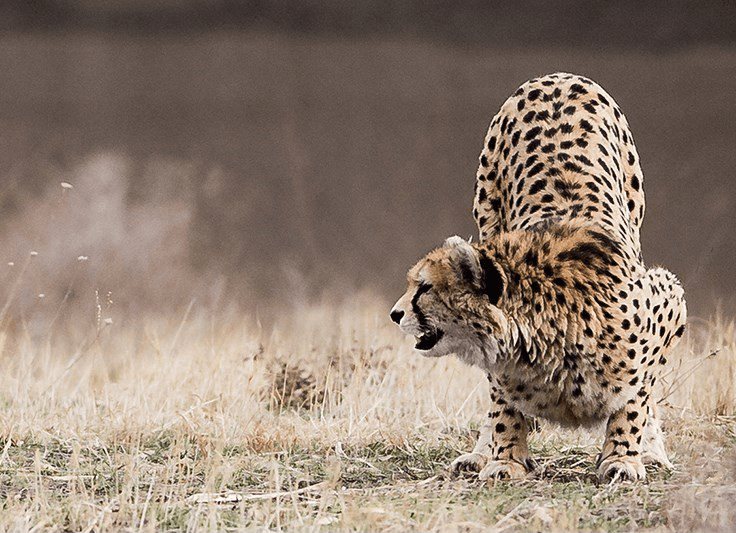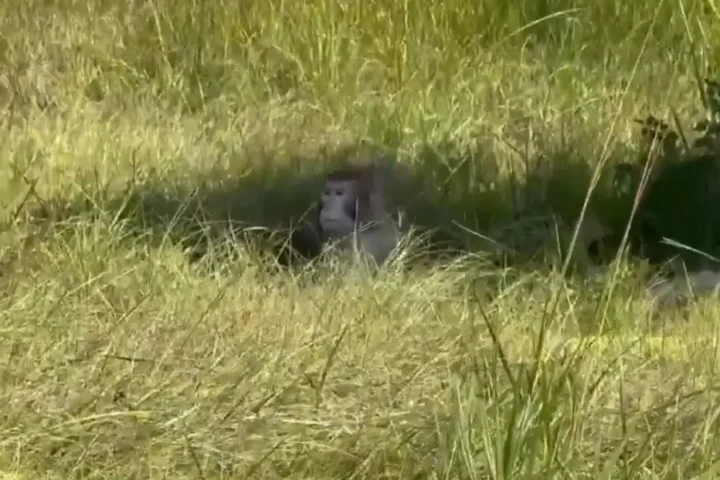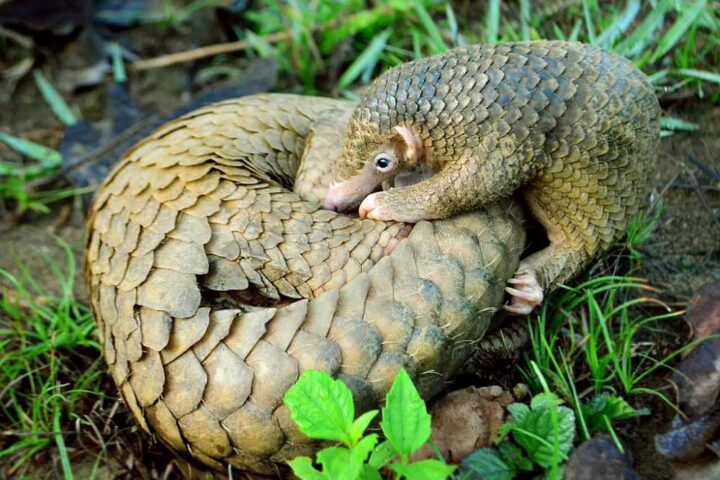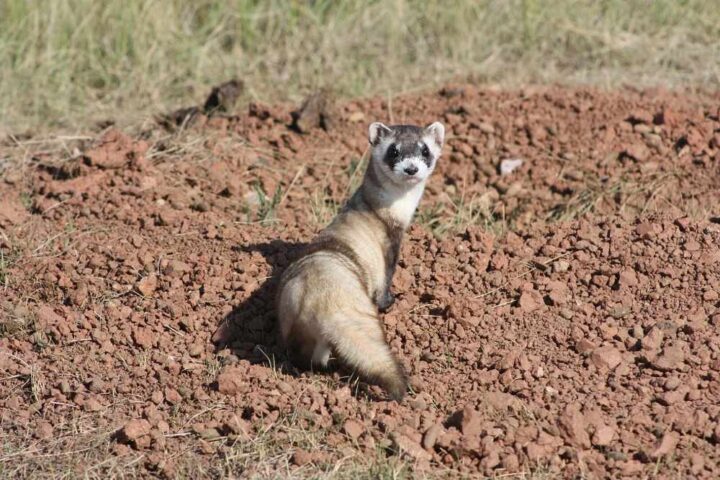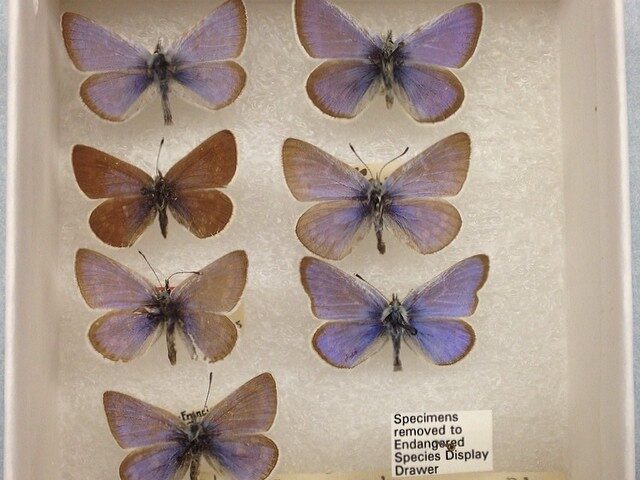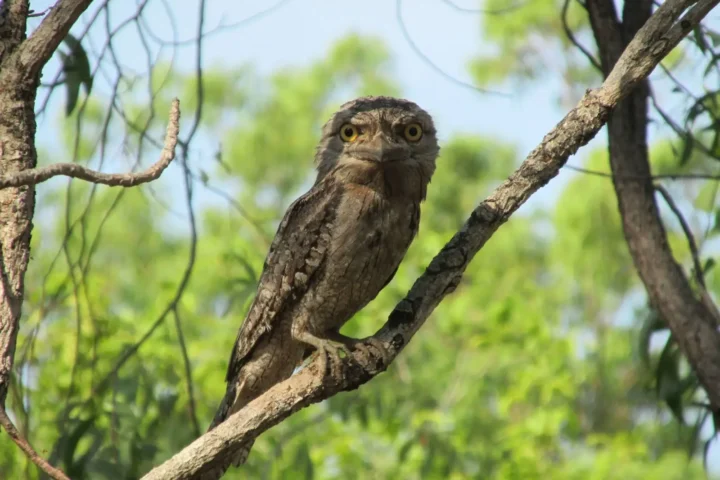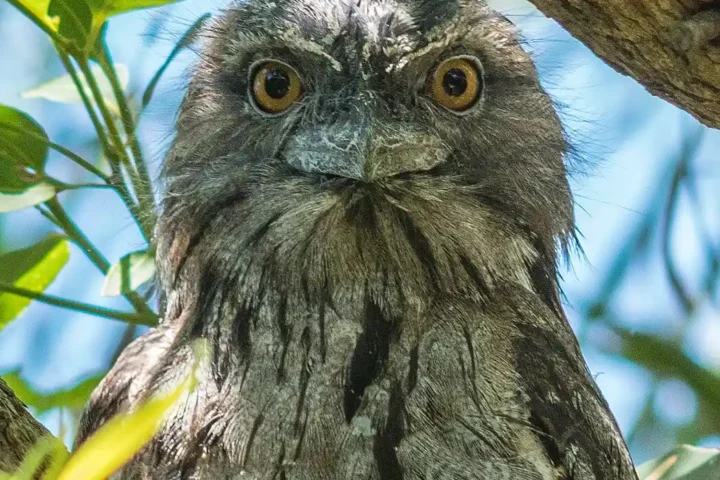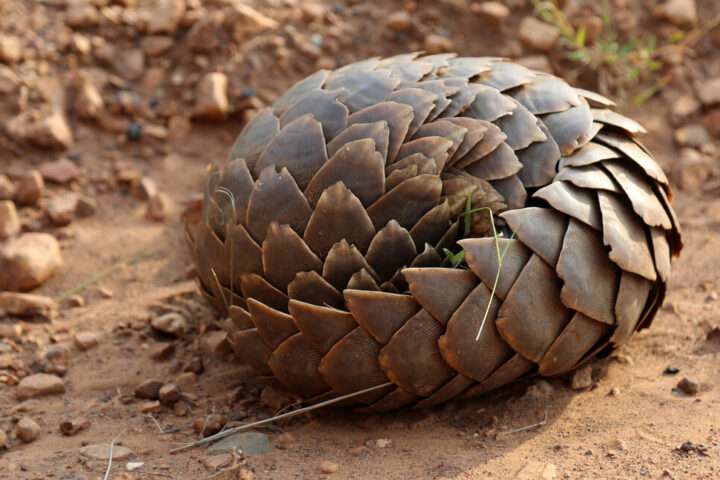Known as the ‘world’s fastest land animal’, Cheetahs have been playing a significant role in the environment for a really long time. However, with the deteriorating conditions of the environment and the destructive practices of the human race has hampered the populations of these vicious animals significantly. Once home to a healthy population of asiatic cheetahs, Iran now houses only about a dozen of them in its rich and raucous wilderness.
Cheetahs were previously common across Asia from the eastern reaches of India to the Atlantic coast of Senegal and beyond, but their population began to decline due to hunting by Asian Royals, Britishers in Asia and later because of the developing agricultural practices. With the exception of a few places of Iran, the species was eventually wiped off in all of Asia’s former home countries which ultimately lead to their number to fall to a meager 12.
“The measures we have taken to increase protection, reproduction, and the installation of road signs have not been enough to save this species,” Hassan Akbari, the deputy Minister of Environment of Iran told Tasnim, the news agency.
“There are currently only nine males and three females against 100 in 2010 and their situation is extremely critical,” he added.
He said the animals had been victims of drought, hunters and car accidents, especially in the country’s central desert where the last of them live.
According to the International Union for Conservation of Nature, the Asiatic cheetah subspecies “Acinonyx jubatus venaticus” is severely endangered.
Conservationists have fought to maintain population levels in certain locations. They have, however, encountered significant difficulties.
In 2001, Iran, one of the remaining nations in the world where the creatures may still be found in the wild, launched a UN-backed conservation initiative. For the 2014 World Cup tournament, the national football team wore cheetah images on their shirts. But all these efforts have not resonated with the world communities as the extinction threat of the Asiatic Cheetah remains.
